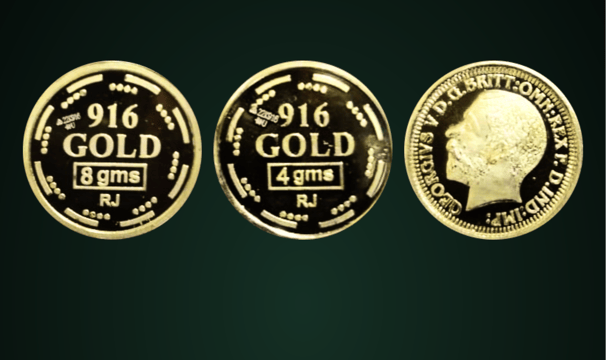MAKING ALL TYPES OF GOLD JEWELLERY
Creating gold jewelry involves several intricate steps and techniques, each requiring specialized skills and tools. Here's a general overview of the process:
1. Designing
Conceptualization: The process begins with an idea or concept. Designers often create sketches or use computer-aided design (CAD) software to bring their ideas to life.
Blueprint: The design is finalized and detailed blueprints are created, specifying dimensions, shapes, and intricate details.
2. Selecting Materials
Gold Purity: Decide the gold purity for the jewelry (e.g., 24k, 22k, 18k, 14k). Pure gold is 24k, but it is often alloyed with other metals for strength.
Alloys: Common alloys include copper, silver, and zinc, which can affect the color and hardness of the gold.
3. Casting
Wax Model: A wax model of the design is created using a wax injection machine.
Investment Casting: The wax model is covered with a refractory ceramic material to create a mold. Once the mold hardens, it is heated to melt and remove the wax, leaving a cavity in the shape of the jewelry.
Pouring Gold: Molten gold is poured into the cavity. Once the gold cools and solidifies, the ceramic mold is broken away to reveal the rough gold casting.
4. Fabrication
Cutting and Shaping: The rough casting is cut, shaped, and detailed using various tools like saws, files, and drills.
Soldering: Pieces of the jewelry are joined together using soldering techniques. A torch is used to heat the solder until it flows and bonds the pieces.
5. Stone Setting (if applicable)
Preparation: Settings for gemstones are prepared by cutting precise seats into the metal.
Setting Stones: Gemstones are placed into the settings and secured using prongs, bezels, or channels.
6. Polishing and Finishing
Pre-Polishing: The jewelry is pre-polished to smooth out rough surfaces.
Final Polishing: Using polishing wheels and compounds, the jewelry is brought to a high shine.
Cleaning: The piece is cleaned in an ultrasonic cleaner to remove any remaining polishing compounds and debris.
7. Quality Control
Inspection: The jewelry undergoes a thorough inspection to ensure it meets quality standards. Any defects are corrected.
Hallmarking: The piece is hallmarked to certify the purity of the gold and compliance with legal standards.
8. Packaging
Presentation: The finished jewelry is packaged in a way that enhances its appeal and protects it during transit.
9.Techniques and Styles
Handcrafted: Some pieces are made entirely by hand, allowing for unique, one-of-a-kind designs.
Machine-made: Mass production techniques using machines allow for consistent, high-quality pieces.
Engraving: Intricate designs and patterns can be engraved onto the surface of the jewelry.
Filigree: Delicate, lace-like designs created by soldering fine wires of gold.
Each type of jewelry, whether it's rings, necklaces, bracelets, or earrings, may involve specific additional techniques, but the above steps cover the general process of making gold jewelry.




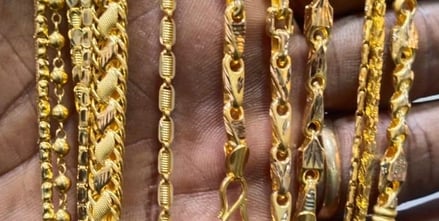

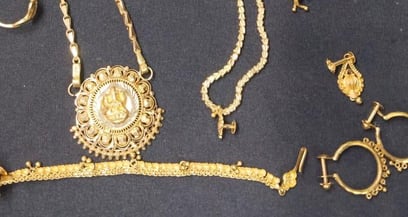

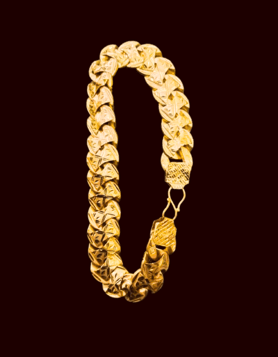

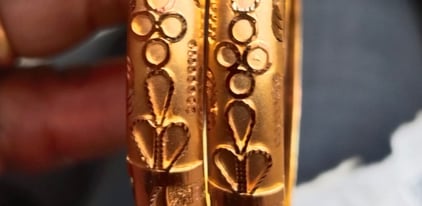

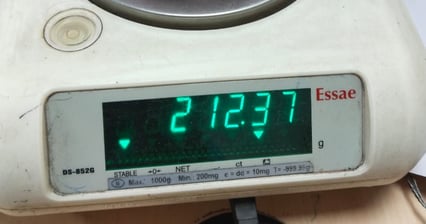

GOLD LOANS
A gold loan is a secured loan where borrowers pledge their gold jewelry or ornaments as collateral to obtain funds from a lender. This type of loan is popular in many countries due to its quick processing, lower interest rates compared to unsecured loans, and minimal documentation requirements. Here’s a detailed overview of how a gold loan works


1. Eligibility
Age: Typically, borrowers need to be above 18 years of age.
Gold Purity: Most lenders accept gold jewelry with a purity of 18k to 24k.
Documentation: Basic KYC documents like identity proof, address proof, and sometimes proof of income are required.
2. Application Process
Valuation: The gold you intend to pledge is evaluated for its purity and weight. The lender determines the value of the gold based on current market prices.
Loan Amount: The loan amount sanctioned is usually a percentage of the gold’s market value, commonly ranging from 60% to 75%.
Documentation: Submit required documents along with the gold jewelry to the lender.
Approval: Once the valuation and documentation are complete, the loan is approved, often within a few hours.
3. Interest Rates and Repayment
Interest Rates: Interest rates on gold loans are generally lower than those on unsecured loans. They can be fixed or floating, depending on the lender's policies.
Repayment: Repayment can be structured in various ways:
Regular EMIs: Equated Monthly Installments including both principal and interest.
Bullet Repayment: Pay the interest periodically, and the principal amount at the end of the loan tenure.
Partial Payments: Make partial repayments of both principal and interest at any time during the loan tenure.
4. Loan Tenure
Short-term: Gold loans typically have short tenures ranging from a few months to a few years.
Flexible Options: Some lenders offer flexible repayment options to suit the borrower’s financial situation.
5. Security and Safety
Safe Custody: The pledged gold is stored securely in the lender’s vaults. Most reputable lenders have stringent security measures in place to protect the gold.
Insurance: Some lenders may provide insurance for the pledged gold against theft or damage.
6. Advantages of Gold Loans
Quick Processing: Minimal paperwork and quick disbursement make gold loans an attractive option for urgent financial needs.
Lower Interest Rates: Compared to personal loans or credit card advances, gold loans generally have lower interest rates.
No Credit Score Requirement: Since the loan is secured by gold, a high credit score is not typically required.
7. Risks and Considerations
Risk of Default: If you fail to repay the loan, the lender has the right to sell the pledged gold to recover the outstanding amount.
Fluctuating Gold Prices: The loan amount is based on the current market value of gold. Significant fluctuations in gold prices can affect the loan terms.
Ownership: During the loan tenure, the ownership of the gold remains with the lender.
8. Redemption
Full Repayment: Upon repaying the entire loan amount (principal plus interest), the pledged gold is returned to the borrower.
Prepayment: Most lenders allow prepayment of the loan without any penalties, which can help save on interest costs.
9. Leading Gold Loan Providers
Banks: Many national and private banks offer gold loans with attractive interest rates and flexible repayment options.
Non-Banking Financial Companies (NBFCs): Specialized NBFCs provide gold loans with quick processing and competitive terms.
Local Lenders: In some regions, local jewelers or money lenders also provide gold loans, although these might come with higher interest rates and fewer protections.
